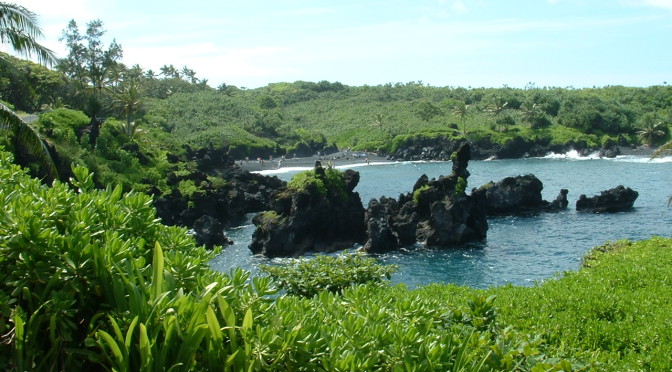 While you cannot disconnect from most municipal water supplies in Washington State, you can include a non-potable rainwater collection system as a supplementary source statewide.
While you cannot disconnect from most municipal water supplies in Washington State, you can include a non-potable rainwater collection system as a supplementary source statewide.
Since October 2009 Washington State legislature has accepted rainwater collection for non-potable use for residential and commercial application. Irrigation, toilet flushing, laundry facility and wash down are all acceptable usage of rainwater.
King, Jefferson, Island, San Juan, Skagit, and Whatcom counties have all adopted potable use of rainwater for a single-family residence as supplemental. Most allow for sole source or off grid use if there is a “hardship” involved with a well or community water source. Some cities within these counties do not allow potable use therefore it is recommended that homeowners who are considering rainwater harvesting should check with their county and city health departments for regulations and requirements.
RainBank’s President Ken Blair actively works with counties and cities to promote the practice of rainwater collection for potable use. With aging infrastructure, increasing demand, and water quality concerns, rainwater collection is being recognized as a viable source of drinking water.
Depending on your roof size, annual rainfall, and demand, you can supplement up to 100% of your household use. An average 2,000 square foot home with 36″ annual rainfall will yield over 44,000 gallons annually. Whether you are building a new home or own an existing home, urban or rural, rainwater catchment can provide a safe, reliable source of water, with quality of water exceeding most well and public water sources. A properly designed and constructed system with quality filtration and ultraviolet disinfection is easily maintained by the homeowner, allowing the homeowner to be in charge of their household water.
RainBank Rainwater Systems has been designing and installing potable rainwater catchment systems for 15 years and President Ken Blair is an American Rainwater Catchment Systems Association (ARCSA) accredited professional, Inspector Specialist, ARCSA Northwest Regional Representative, and lifetime ARCSA member.



 At the Paris
At the Paris 
 As some of us living in colder climes hunker down for the cold weather, now is a good time to share an article from
As some of us living in colder climes hunker down for the cold weather, now is a good time to share an article from